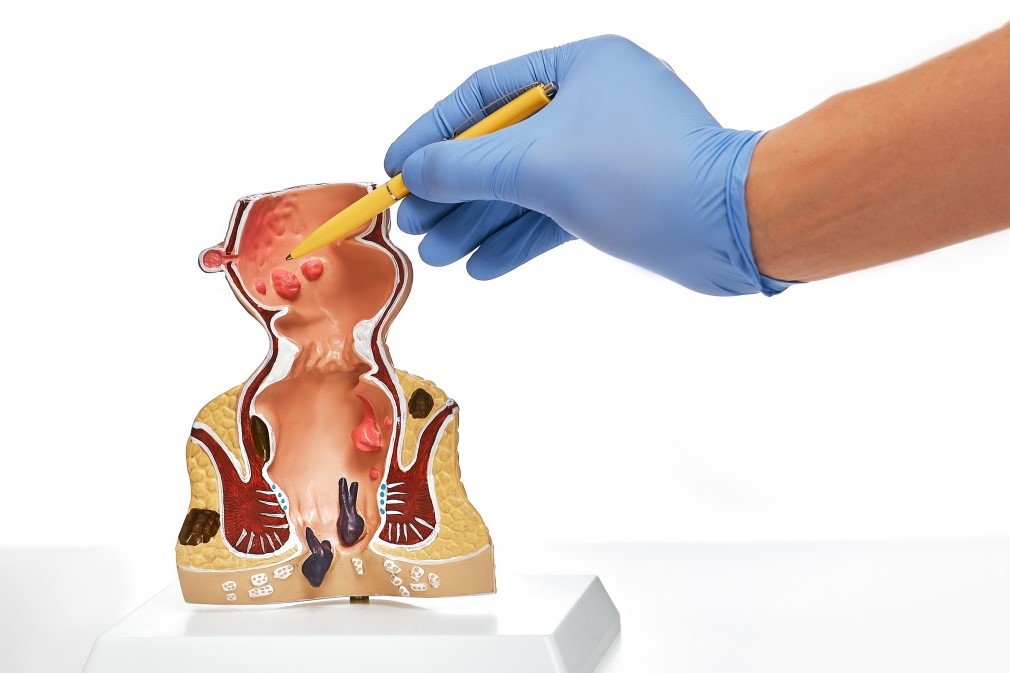
Anorectal manometry: what it is used for and how the test is performed
Anorectal manometry is a safe and painless test that can be useful in cases of faecal incontinence, constipation and rectal prolapse in order to recognise the cause more accurately and to implement personalised treatment strategies. But what does it consist of? How is the test performed?
What is anorectal manometry
Anorectal manometry is a highly specialised test that is used to assess the function of the anal sphincters and pelvic floor nerves.
It is performed using a device called a manometer, which consists of a flexible tube inserted into the anus and connected to a series of ultra-sensitive sensors that measure the pressure exerted by the muscles of the anus and rectum as they contract and when they relax.
It also measures the defecatory sensation and the reflexes of the anus and rectum.
What are sphincter muscles
Before delving into the indications and characteristics of this test, however, it is important to know what the anal sphincters are and what function they have.
They are 2 muscles, internal sphincter and external sphincter, which control the closing and opening of the anus.
The internal anal sphincter is an involuntarily controlled muscle, while the external anal sphincter is a muscle that can be consciously controlled.
Both sphincters work together to maintain faecal continence and to regulate the expulsion of faeces, in synergy with several other muscles that make up the pelvic floor.
What anorectal manometry is used for
The results of manometry can help identify problems with the muscles or nerves of the anus and rectum present in conditions such as faecal incontinence, constipation and in rectal prolapse, and can help develop a treatment plan tailored to the patient.
Anorectal manometry can also be used to assess the function of the pelvic floor muscles and can help identify problems with muscle contraction strength, co-ordination and reflexes that may contribute to pelvic floor dysfunction, which is particularly common in females.
In addition, it can be used to evaluate the effectiveness of surgical and/or rehabilitation treatments.
How anorectal manometry is performed
Anorectal manometry is performed in a doctor’s office.
The patient is placed supine on the couch and asked to relax.
A lubricant with an anaesthetic effect is applied, then the probe is gently inserted into the anus until the sensors are properly positioned.
Once in position, the patient is asked to contract and relax their sphincters in response to various stimuli; they are also asked to hold their breath or cough to determine anal pressure.
The data collected by the sensors are then analysed to assess the strength and coordination of the sphincter muscles.
After the test, the patient can resume normal activities without restrictions.
It is a safe, outpatient, painless procedure that lasts approximately 15-30 minutes.
Some patients may report mild discomfort or bleeding that resolves spontaneously.
Read Also
Emergency Live Even More…Live: Download The New Free App Of Your Newspaper For IOS And Android
What Is Faecal Incontinence And How To Treat It
Faecaloma And Intestinal Obstruction: When To Call The Doctor
Pinworms Infestation: How To Treat A Paediatric Patient With Enterobiasis (Oxyuriasis)
Intestinal Infections: How Is Dientamoeba Fragilis Infection Contracted?
Gastrointestinal Disorders Caused By NSAIDs: What They Are, What Problems They Cause
Intestinal Virus: What To Eat And How To Treat Gastroenteritis
Train With A Mannequin Which Vomits Green Slime!
Pediatric Airway Obstruction Manoeuvre In Case Of Vomit Or Liquids: Yes Or No?
Rectosigmoidoscopy And Colonoscopy: What They Are And When They Are Performed
Bone Scintigraphy: How It Is Performed
Fusion Prostate Biopsy: How The Examination Is Performed
CT (Computed Axial Tomography): What It Is Used For
What Is An ECG And When To Do An Electrocardiogram
Positron Emission Tomography (PET): What It Is, How It Works And What It Is Used For
Single Photon Emission Computed Tomography (SPECT): What It Is And When To Perform It
Instrumental Examinations: What Is The Colour Doppler Echocardiogram?
Coronarography, What Is This Examination?
CT, MRI And PET Scans: What Are They For?
MRI, Magnetic Resonance Imaging Of The Heart: What Is It And Why Is It Important?
Urethrocistoscopy: What It Is And How Transurethral Cystoscopy Is Performed
What Is Echocolordoppler Of The Supra-Aortic Trunks (Carotids)?
Surgery: Neuronavigation And Monitoring Of Brain Function
Robotic Surgery: Benefits And Risks
Refractive Surgery: What Is It For, How Is It Performed And What To Do?


